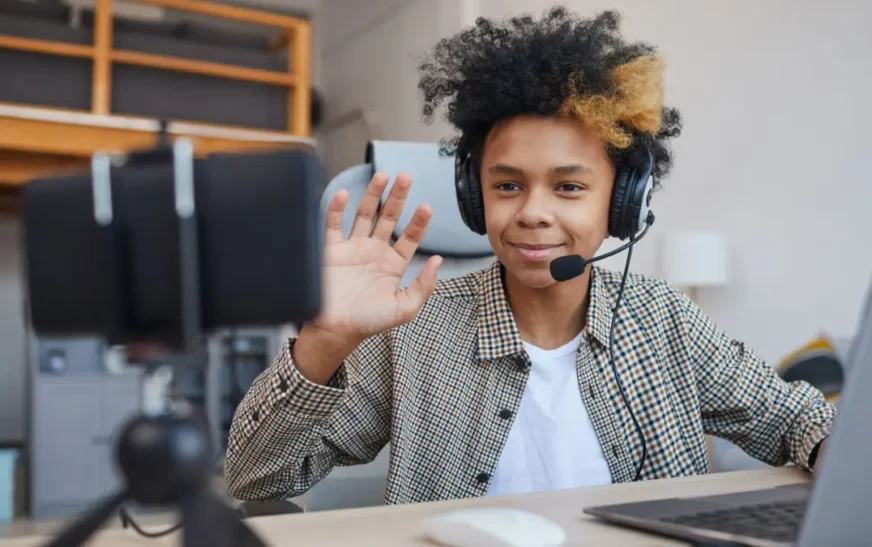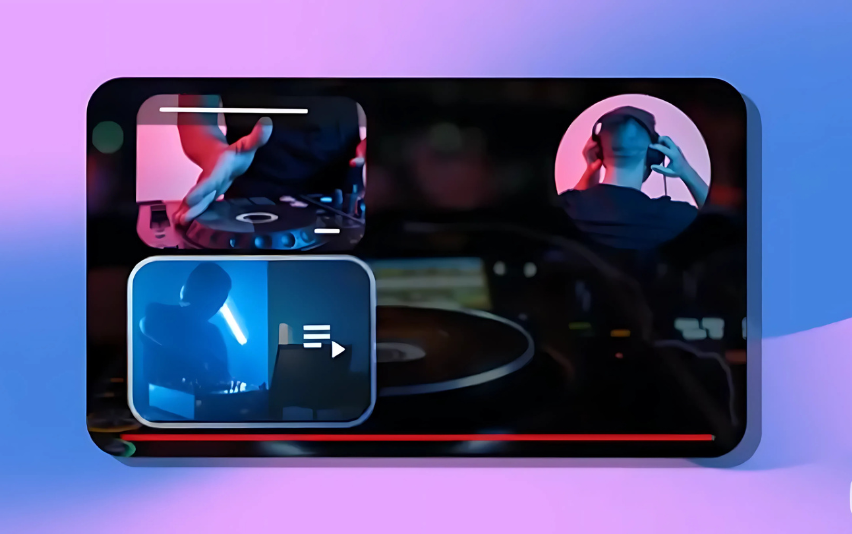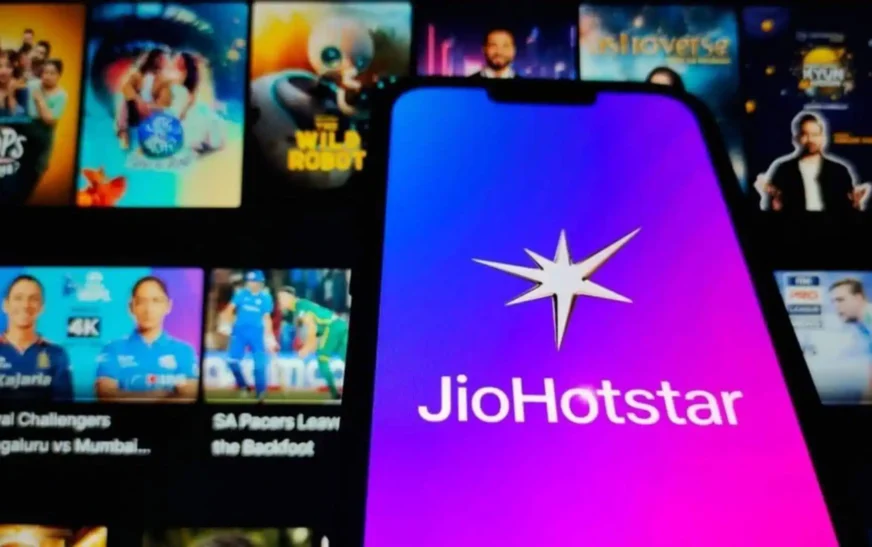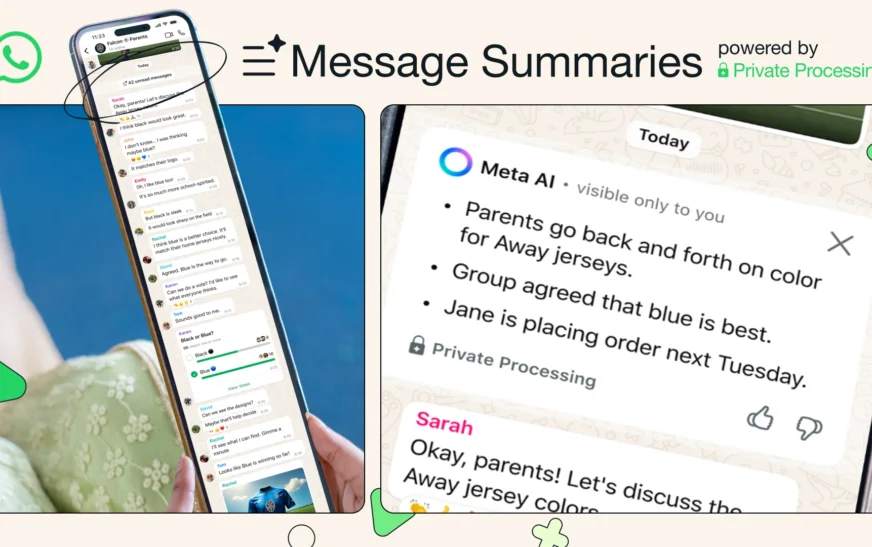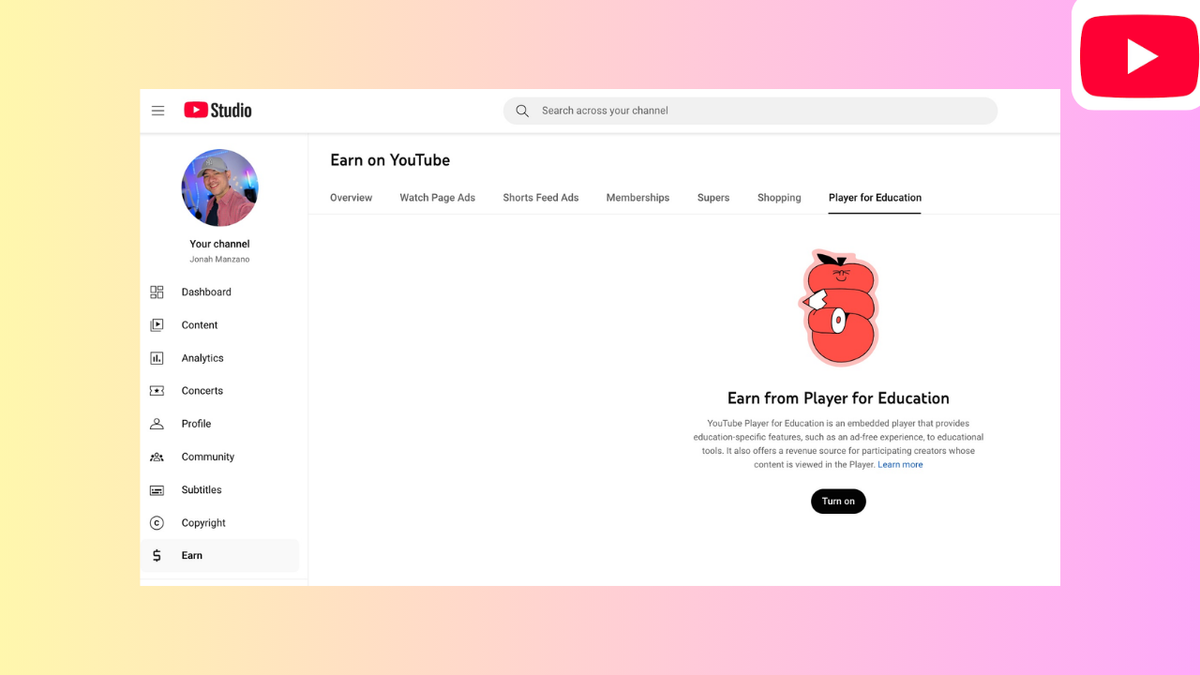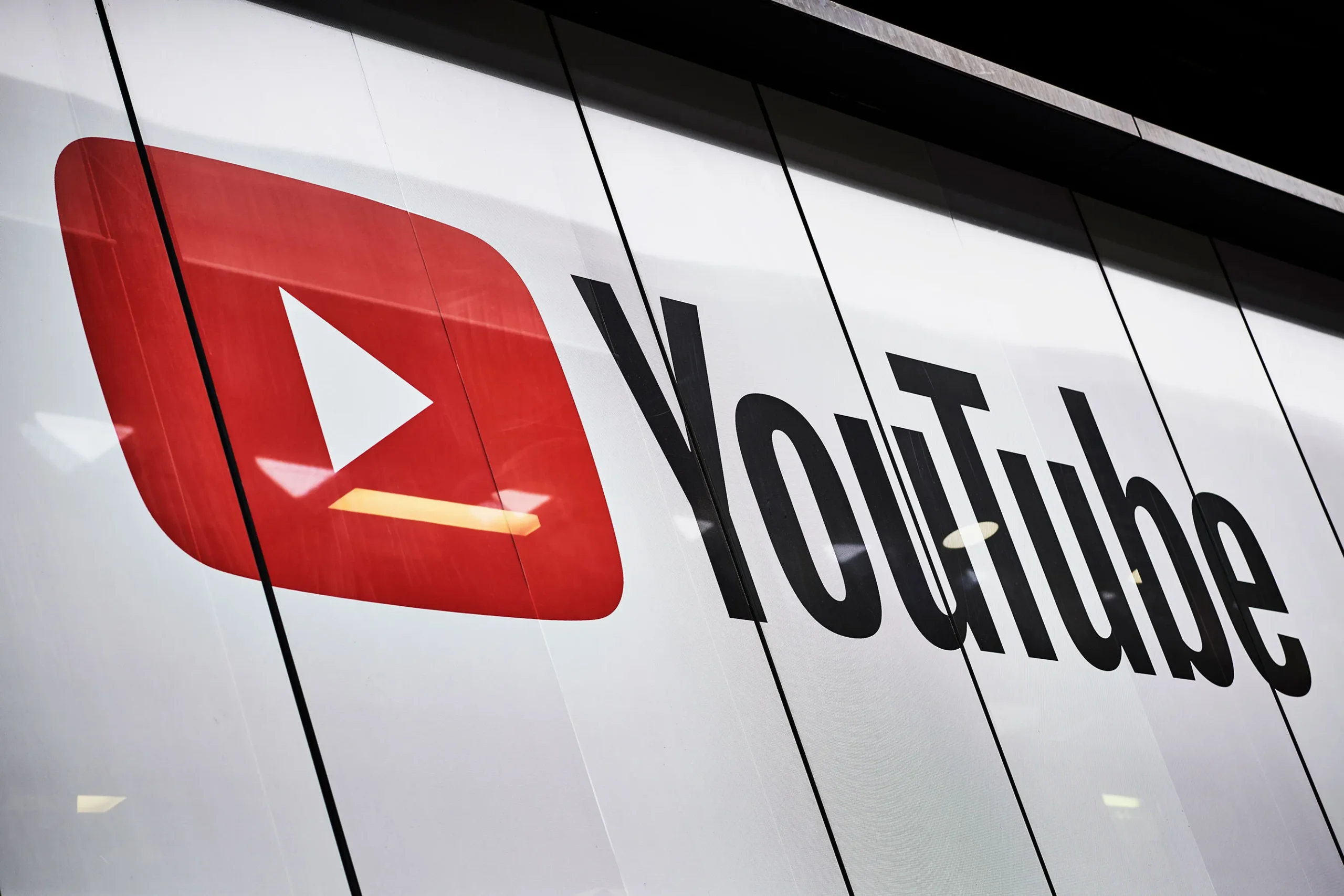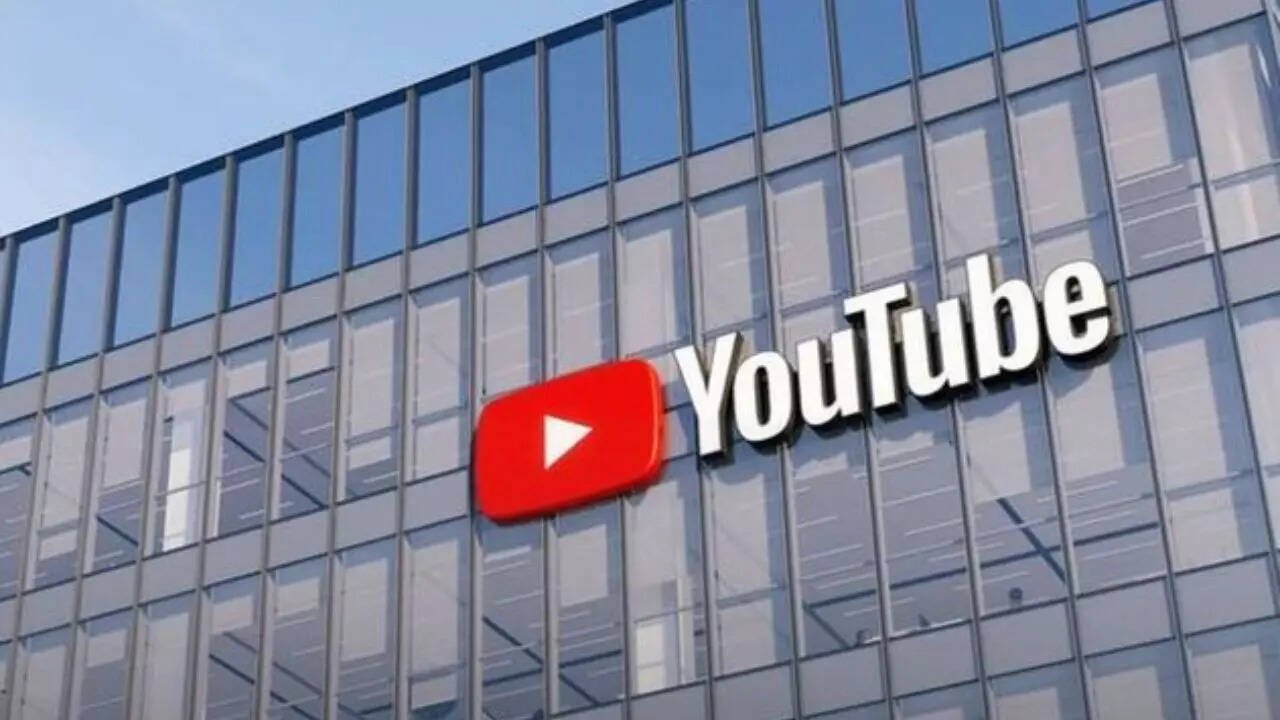Starting July 22, 2025, YouTube will raise its livestream age limit to 16. Teens aged 13–15 will still be able to appear in streams, but only with an adult visibly present—and channels that don’t comply may face chat restrictions or live-stream suspension. This pivotal change marks a new chapter in online safety and parental control for young creators.
What Are YouTube’s New Livestream Rules?
According to Google’s updated policy, creators under 16 can no longer host livestreams alone. Instead, teens aged 13–15 must either:
- Appear only when an adult is visibly on screen, or
- Add a parent or guardian as a channel manager or editor, who must start the livestream and remain present.
Non-compliance—such as solo streams by under-16s—may result in live chat being disabled, temporary feature loss, or stream takedown.
When Does This Take Effect?
- Effective Date: July 22, 2025
- Age Change: Minimum livestreaming age raised from 13 to 16
- Under‑16 Rule: 13–15-year-olds need adult co-host or channel manager support
Why Is YouTube Making This Change?
Though YouTube hasn’t provided a singular reason, it cites ongoing efforts to protect minors on the platform. Industry experts point to safety concerns:
- Online exploitation risks—with teens exposed to inappropriate interactions.
- Accountability issues—making sure minors aren’t solely responsible.
- Proactive compliance—aligning with global trends and regulations.
Union with Australia’s social media age ban discussions adds regulatory context: YouTube is being scrutinized alongside platforms like Instagram and TikTok—for both livestreaming and broader content access.
Global Context: Australia’s Under‑16 Debate
In parallel to its livestream updates, YouTube is part of a high-profile policy discussion in Australia:
- Australia plans to ban social media for under-16s starting December 2025.
- YouTube was initially exempt, but the eSafety Commissioner called for its inclusion—citing studies showing 37% of 10–15-year-olds experience harmful content there.
- YouTube defends its stance as a “video streaming service” with educational value, not a social network.
So, stricter livestream age rules may serve as a middle-ground—protecting children while maintaining access to educational content.
Impact on Teen Creators & Parents
For 13–15-Year-Old Streamers:
- Must stream with an adult or use a dual-host setup on their channel.
- Facing disruptions if rules are broken—chat could be shut off, streams taken down, or access revoked.
For Parents & Guardians:
- Opportunity to co-manage livestreams for greater oversight.
- Must be visible and accountable during their teen’s streaming session.
For Content Ecosystem:
- Young creators may pivot to pre-recorded videos or shift focus to YouTube Shorts.
- Livestream platforms may need new compliance tools and parental guidance materials.
How to Follow YouTube’s New Livestream Rules
- Check age eligibility—must be at least 16 to livestream solo.
- Add parental control for 13–15s: invite a parent or guardian via channel settings.
- Conduct joint streams—ensure adult is always on camera and co-managing.
- Use YouTube’s best safety tools—moderate chat, avoid personal info, follow platform guidance.
- Comply or risk penalties—feature loss or account suspension could result from violations.
Expert Insight & Reddit Reactions
Reddit users debate the rule’s impact. One said:
“It’s so YouTube can say ‘you actively lied to us’ when they find underage users so they are not liable”
Others emphasized the need for robust age verification systems, not just parental involvement—highlighting broader privacy and regulatory challenges.
What’s Next for Youth Safety on YouTube?
Keep an eye on these developments:
- Global rollout: Are other countries adopting similar age rules?
- Verification tech: Will YouTube introduce systems to verify user age?
- Platform updates: Possible tweaks to rules for 16–17-year-olds or other features.
- Regulatory oversight: Impact from Australia’s social media ban and its ripple effects elsewhere.
YouTube’s July 22 change—raising the livestream age to 16 and requiring adult co-hosts for younger teens—is a significant step toward enhanced online safety. It empowers parents, supports responsible content creation, and aligns with global regulatory pressure.
For creators, parents, or educators navigating livestreaming rules, understanding these changes and setting up compliant streams is essential. Want a deeper dive? I can help with:
- YouTube’s step-by-step setup guide for parental co-hosting
- Comparison of livestream age policies across platforms
- Analysis of upcoming regulations like Australia’s December 2025 age ban
Just say the word!YouTube’s New Livestream Rules: Boosting Teen Safety with Age Restrictions

